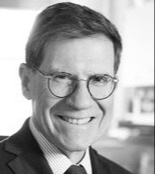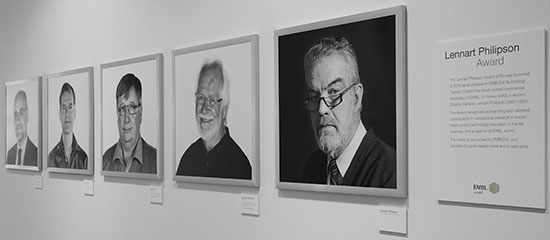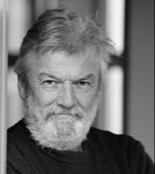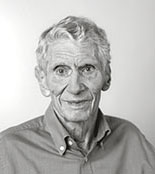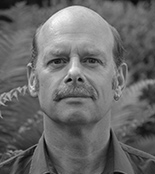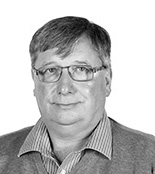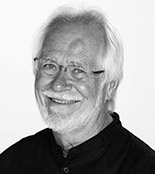About the award
The Lennart Philipson Award (LPA) was created to honour EMBL’s second Director General, Lennart Philipson (1982-1993). The award has been given once per annum starting in 2015 by the EMBL Alumni Association. It is sponsored by EMBLEM Technology Transfer GmbH (EMBLEM), the wholly owned commercial subsidiary of EMBL responsible for knowledge and technology transfer.
The Award recognises outstanding and validated contributions in translational research and/or technology innovation across the complete spectrum of life sciences. This includes for example: deciphering human disease models; developing new diagnostic tools, methods or therapies; development of broad enabling technologies in life sciences (plasmids, strains, human disease-relevant animal-models, screening and production systems); instrumentation development; and bioinformatics.
The award is open to all EMBL alumni irrespective of leaving date. It consists of a gold-plated medal, a cash prize of €15,000 and the logistical costs of bringing the winner to EMBL Heidelberg to present a talk at the Award Ceremony on EMBL Lab Day/ World Alumni Day.
Criteria for nominations
The award is open to junior and senior EMBL alumni alike irrespective of when they left EMBL.
The work described in the nomination needs to have predominantly been done by the nominee, either as the “bench scientist” or as principal investigator or entail a personal, scientific contribution in the area recognised by the LPA.
The work can entail results obtained during the nominee’s time at EMBL and/or thereafter.
Other areas to consider when selecting LPA nominations are the breadth of the innovation. New technologies that are taken up by diverse laboratories across a range of research fields would be very strong examples.
These include:
- PCR,
- Enhanced gene sequencing,
- Gene microarrays,
- Continuing development of improved microscopy,
- CRISPR / Cas.2. Direct links to societal benefits. The most obvious examples are major contributions to novel drugs to treat previously poorly treated conditions. Examples to illustrate this include:
• Significant contributions to the discovery and development of therapeutic antibodies or other drugs.
Secondary Factors to Distinguish Between Strong but Diverse Applications include
- Is there secured IPR protection?
- For therapeutic innovation, is there proof of concept in clinical evaluation?
- For technology innovation, how has the technology been dispersed? (e.g. has it beenlicensed to an industrial partner? How has the uptake by others been facilitated?)
Please note that joint nominations cannot be considered and if the nomination is unsuccessful in a given year, it can be resubmitted in subsequent years.
DORA
EMBL supports fair and responsible research assessment, which includes its alumni awards processes. We recognise a range of research outputs including publications, open data sets, databases, code, software, pre-prints, patents, commercial products, instruments, clinical practice developments, educational products, policy publications, and any other relevant outputs. We discourage inappropriate use of proxies such as journal impact factors, and value research outputs based on their intrinsic merit. EMBL is a signatory of the San Francisco Declaration on Research Assessment (DORA). In light of this, reviewers should be mindful of the range of research outputs presented as part of the review material. Reviewers are required to assess research outputs by their intrinsic merit, and to consider their relevance for the advancement of science. For more details see: https://www.embl.org/info/dora/
How to nominate
Nominations for the 2025 Lennart Philipson Award are now open.
To make a nomination, please complete the nomination form by 30th August 2024. The Alumni Relations team will contact your nominee with further steps.
To self-nominate, please complete the candidate data sheet by 30th September 2024.
